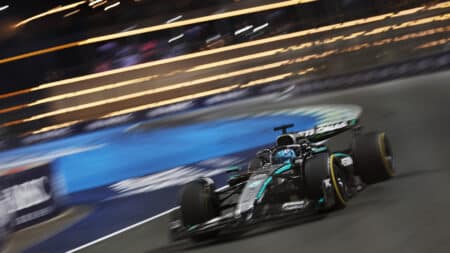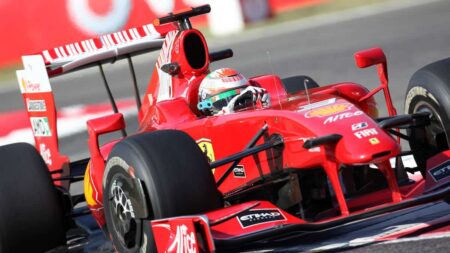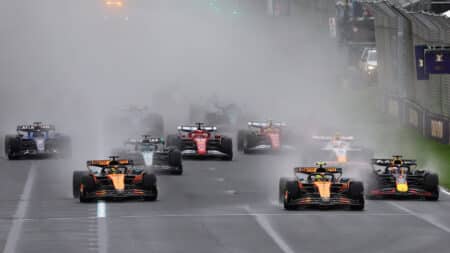Are you planning to be in, or near, northern Italy between now and the Christmas holiday? Perhaps you’re already there. If the answer to either of these scenarios is yes, read on.

Tazio Nuvolari. Two words that set the pulse racing in anyone who loves motor racing. One of the true greats, Nuvolari was born in 1892 in Mantova and remains one of the city’s most famous and beloved sons. This lovely town is at the heart of Italian motor racing country, not far from Modena, Brescia and Verona, where the sport vies with the Vatican for devotion. My neighbour (he who kept his big BMW despite taking early retirement from the corridors of power) has just returned from a long weekend in Verona. Last night he phoned to say he had returned with a present for me. What could this be? Wine, cheese, pasta, a small work of art? It was none of these.

A carefully wrapped plastic tube contained a stunning photograph depicting Tazio Nuvolari aboard the Alfa Corse team’s Alfa Romeo 8C/2300 at Monte Carlo in 1932, the year in which he won the AIACR European Championship. Only three races counted towards the championship that year, Nuvolari winning at Monza and Reims, while Rudolf Carraciola took the honours at the Nürburgring. The great man also won non-championship races at Monaco, the Targa Florio at Madonie, the Coppa Ciano at Montenero and the Coppa Acerbo at Pescara.
The photograph came from the Palazzo Te in Mantova where a major exhibition entitled ‘Quando Scatta Nuvolari’ is being staged until December 18. Taken literally, the show’s title translates as ‘When Nuvolari Shoots’, this being a play on words that relates to his passion for photography as well as his propensity to win races. The Italian verb ‘scattare’ has a useful double meaning – to jump ahead in a race, or to shoot with a camera. Neat.

The exhibition, which fills the magnificent Palazzo Te, is therefore divided into two sections – the ‘Ace of Aces’ which traces Nuvolari’s racing career, and ‘Tazio’s Eye’ which illustrates his skills as a photographer. Among his documents, inherited by the Automobile Club of Mantua after his death from a stroke in 1953, were no less than 2575 photographs of his family, friends, racing cars, races and many other wide-ranging subjects including what he called ‘the fear’ of his chosen sport.
Not only was Nuvolari a truly great racing driver, he was man of many and fascinating parts. He found great fame and fortune but he also knew pain and tragedy. Both his sons died as teenagers and towards the end of his life he was dogged by ill health. Dr Ferdinand Porsche described him as the greatest driver of the ‘past, present and future’ while Enzo Ferrari, for whom he raced, credited Nuvolari with inventing the four-wheel drift.
In Italy the man was an idol, a demigod. The whole of Mantova came to a halt for his funeral. More than 25,000 people lined the streets, the funeral procession stretching a mile through the town. His coffin, placed on a car chassis, was pushed along by Alberto Ascari, Luigi Villoresi and Juan Manuel Fangio. Motor racing fans the world over worship Il Mantovano Volante (the Flying Mantuan) to this day.
According to Andy (the neighbour), whose sporting passions are athletics and football, the exhibition is a treat, an event not to be missed.
Next time I become irritated by the shenanigans of modern Formula 1, I shall look up at my poster and remember what Nuvolari, and his contemporaries, did with those great old racing cars.







